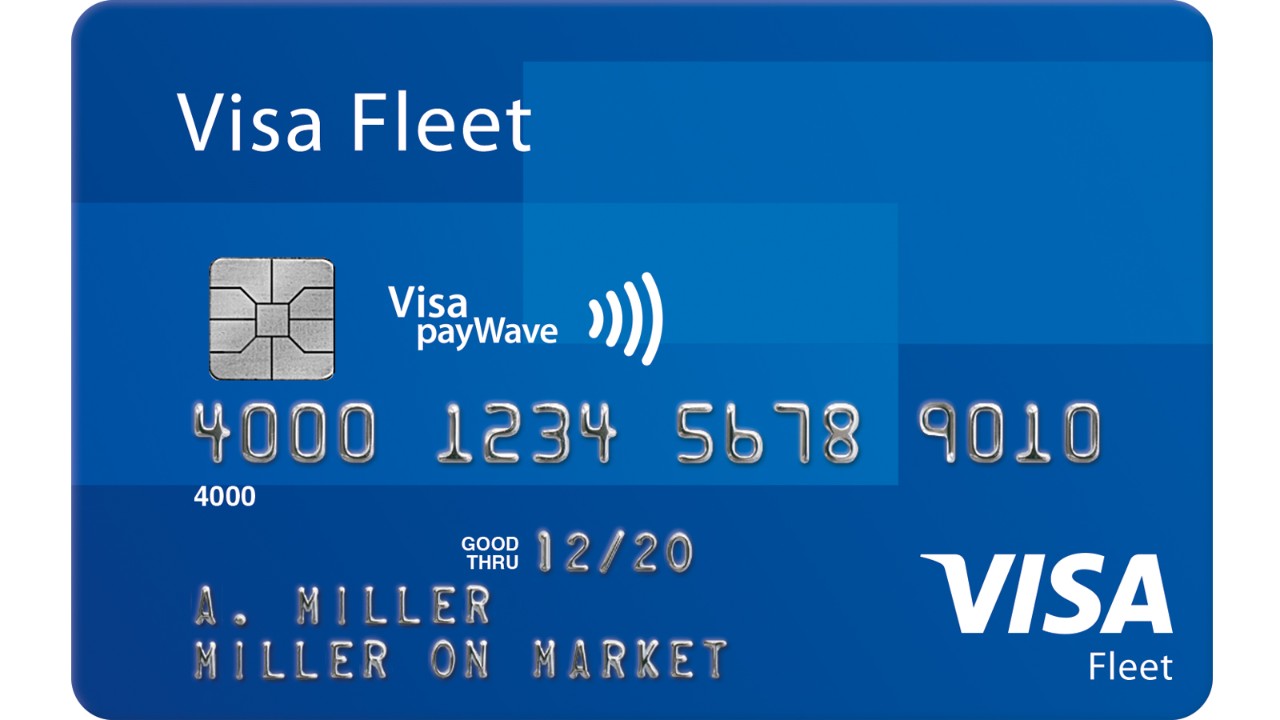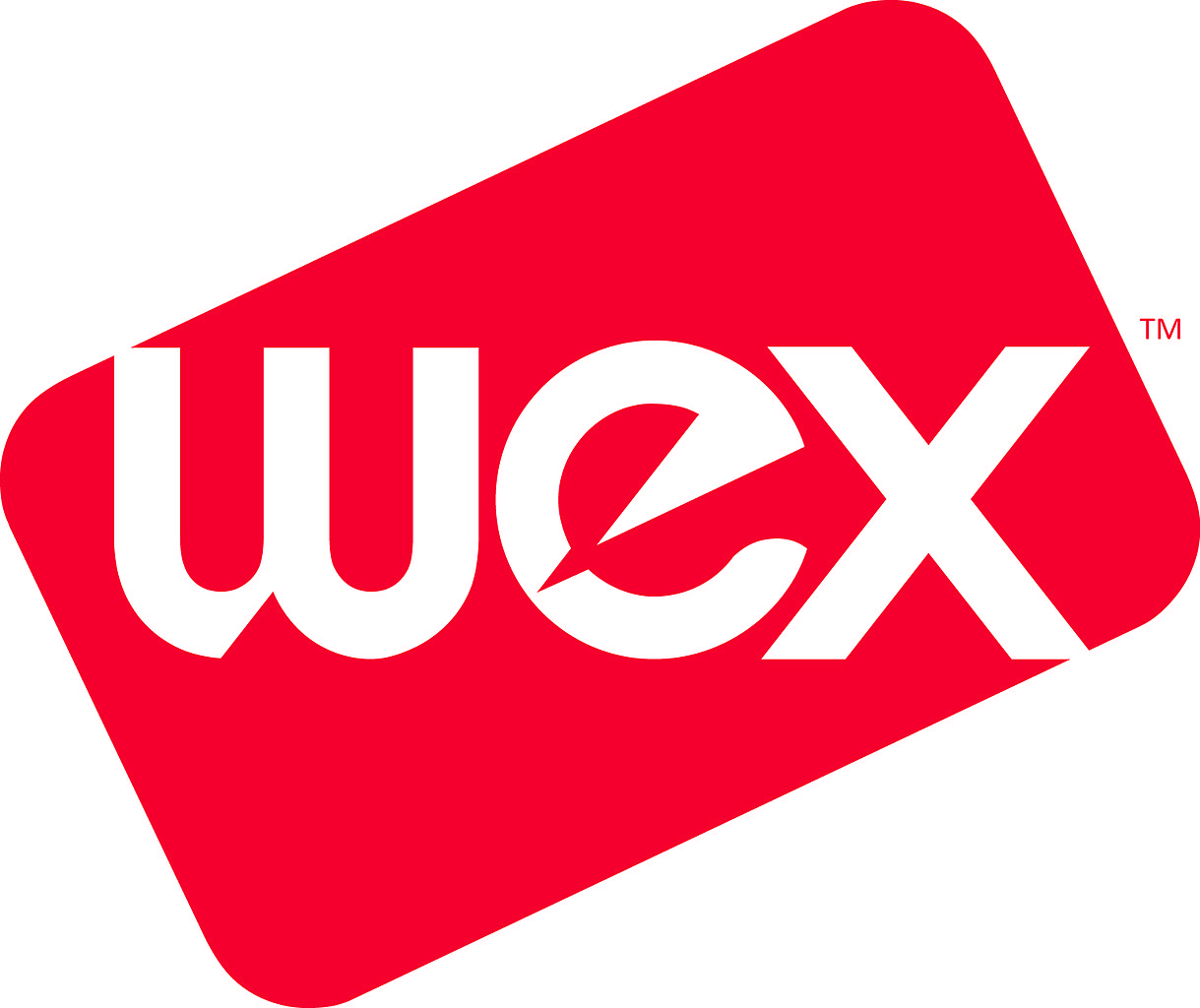Differences Between Fleet Cards and Commercial Credit Cards
Fleet cards differ from commercial credit cards in a few ways. On your side, as the business accepting a fleet card for services or products, the main difference to be aware of is that purchase options are limited. While cards will allow the user to purchase fuel, some cards offer the fleet owner the ability to limit transactions to specific types of fuel - for example, the card may only allow purchasing diesel, or cap the amounts. Some cards can be set to require the employee to enter mileage at the time of purchase. Other purchases on a fleet card can be limited as well, restricted by amount, the number of transactions, days of the week, or even time of day that the card can be used. Furthermore, fleet cards may or may not be affiliated with the credit card brands, which affects everything from the costs to accept them to the equipment that’s compatible with the cards. On the customer side, fleet cards may provide a discount on gas and services or other rewards, and offer detailed reporting (some in real-time) so that owners or managers can track expenses easily and don’t need to rely on receipts turned in from employees. Reporting often shows purchases by driver or by vehicle in addition to showing the basics like total transactions, amounts, and more. This information is captured at the time of the sale.Types of Fleet Cards
To make things a little more confusing, there are multiple types of fleet cards: universal, store branded, and fleet branded. While the term “fleet cards” is often used to refer to Wex and Voyager, Visa and Mastercard also offer fleet cards, as do specific brands.Universal (Credit Card Branded or Co-Branded)
Fleet cards that bear the Visa or Mastercard logo can be used at any location where Visa or Mastercard are accepted.

Store Branded
Store branded cards that don’t have a credit card company partnership are only usable at the locations associated with the brand. For example, a Texaco fleet card can be used at Texaco locations. Store branded fleet cards are usually associated with large chains, such as Chevron and BP.Fleet Branded
Wright Express (Wex) and Voyager are fleet-specific branded cards, meaning that they bear their own brand name. They aren’t as limited as store-branded cards, but aren’t as universal as fleet cards that are associated with Visa or Mastercard. Wright Express is backed by its own bank, while Voyager partners with US Bank.

Benefits of Accepting Fleet Cards
As with most things in business, if you make it easier for customers, you’ll see more sales. Taking fleet cards can open up your business to a huge number of potential customers, ranging from local taxi drivers to long-haul truckers. Both private businesses and the government use fleet cards.Costs to Take Fleet Cards
Now the meat of the matter – what it’s going to cost? Unfortunately, there’s no single answer to that question, as the total costs will vary depending on a number of factors. However, you can get an idea of the costs, depending on which type of fleet card you’re taking.Costs to Accept Wex or Voyager
As fleet branded cards that are not associated with Visa or Mastercard, Wex and Voyager are not subject to the interchange tables used as the basis for Visa and Mastercard fees. Instead, you’ll be charged a percentage and may be assessed additional costs by your processor. Wex and Voyager rates and fees start at around 3.25%, so they aren’t cheap to process. You’ll want to find a company that will charge you as close to cost as possible.Costs to Accept Visa or Mastercard Fleet Cards
Fleet cards with the Visa or Mastercard logo are charged similarly to other cards, following the card brands’ interchange tables. The total cost will depend on your processor, the amount per transaction and number of transactions you take by credit card, what type of fleet card you’re taking, and more. However, you can get an idea of the interchange rates you can expect to pay. The interchange rates can be thought of as the wholesale cost – they’re the minimum that a processor has to charge you just to break even on your account. But in some cases, like with universal fleet cards, there are ways to lower your cost at wholesale. Related Article: Introduction to Credit Card Processing Rates and Fees.Visa’s interchange table has a footnote in the commercial cards section stating that purchasing cards include fleet cards. The interchange rates range from 1.85% + 10 cents per transaction to 2.95% + 10 cents per transaction, as seen in the screenshot below. While Mastercard’s public interchange table makes no mention of fleet cards, tables that aren’t publicly available and our own experience with the charges both show that Mastercard prices fleet cards according to commercial card rates as well. We see from Visa’s table that if you take a fleet card, it will be charged according to purchasing card rates. But within the category of purchasing cards are several different possible rates. Given the range of pricing there, it’s important to know how to qualify for the lowest rates on as many of your transactions as possible. That’s where Level 3 enhanced data comes in.




